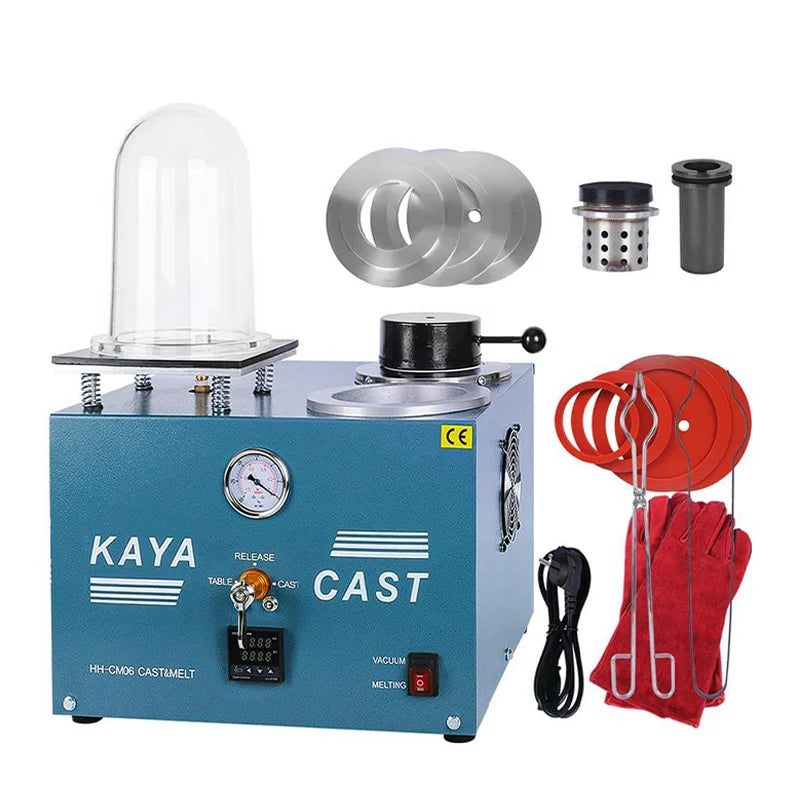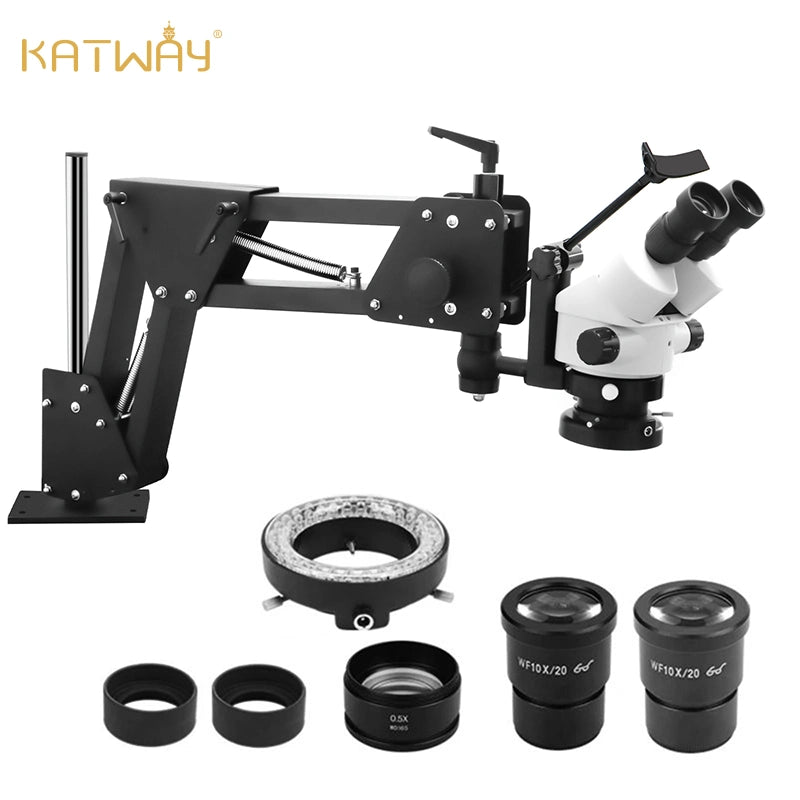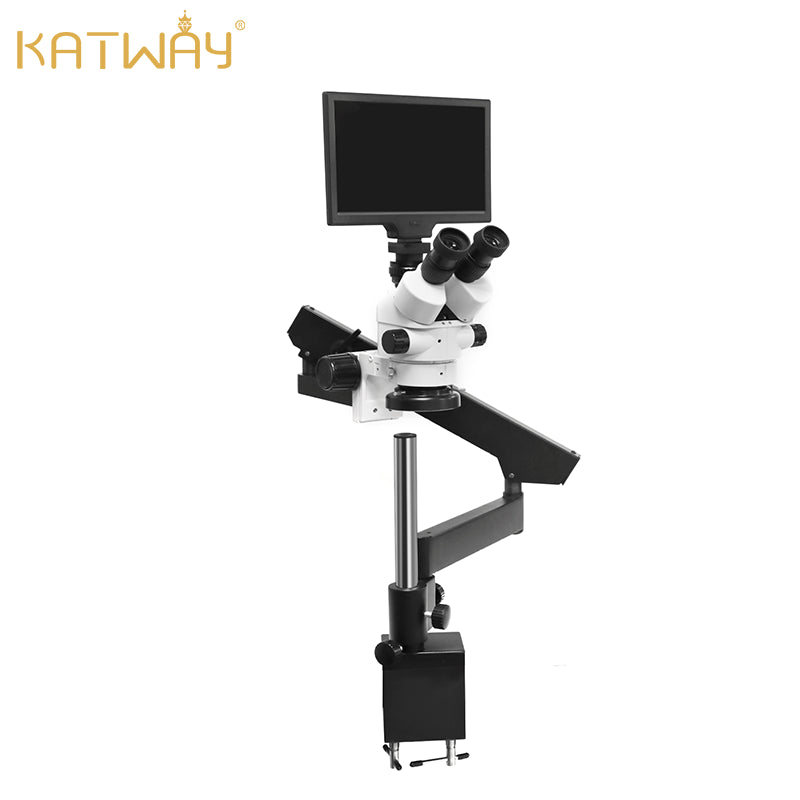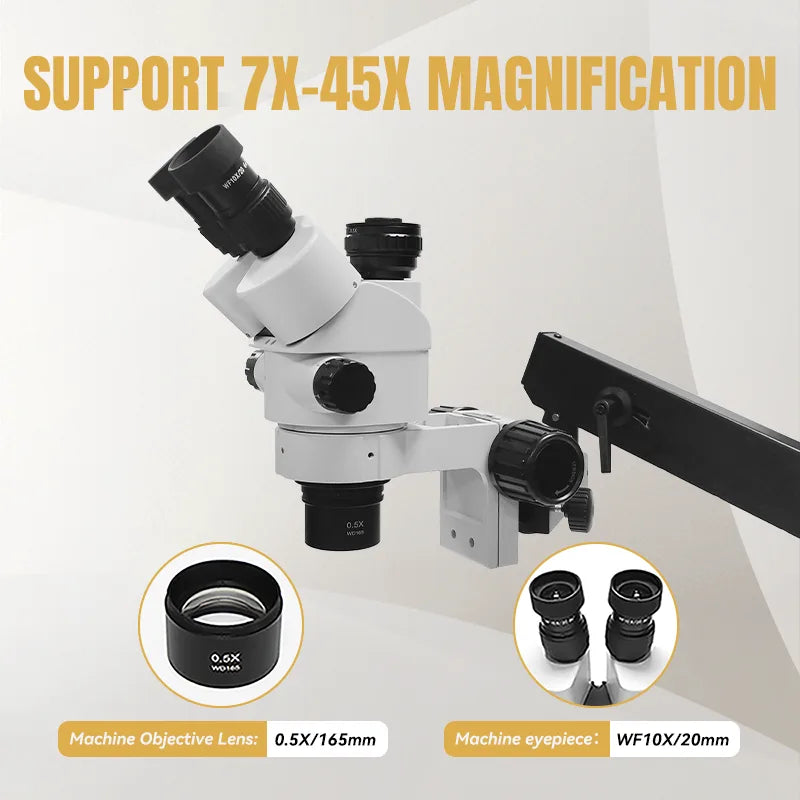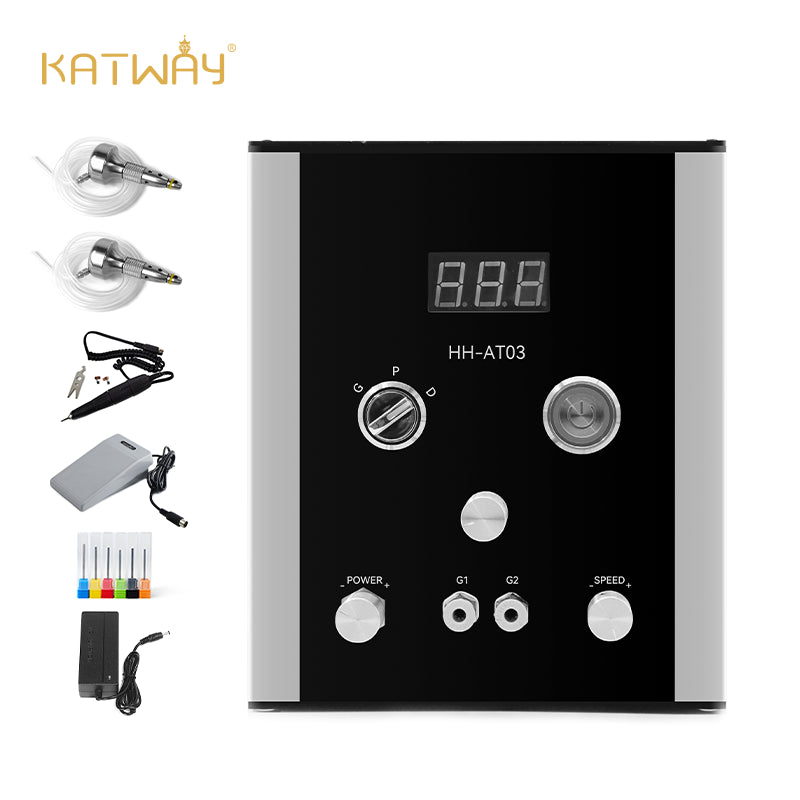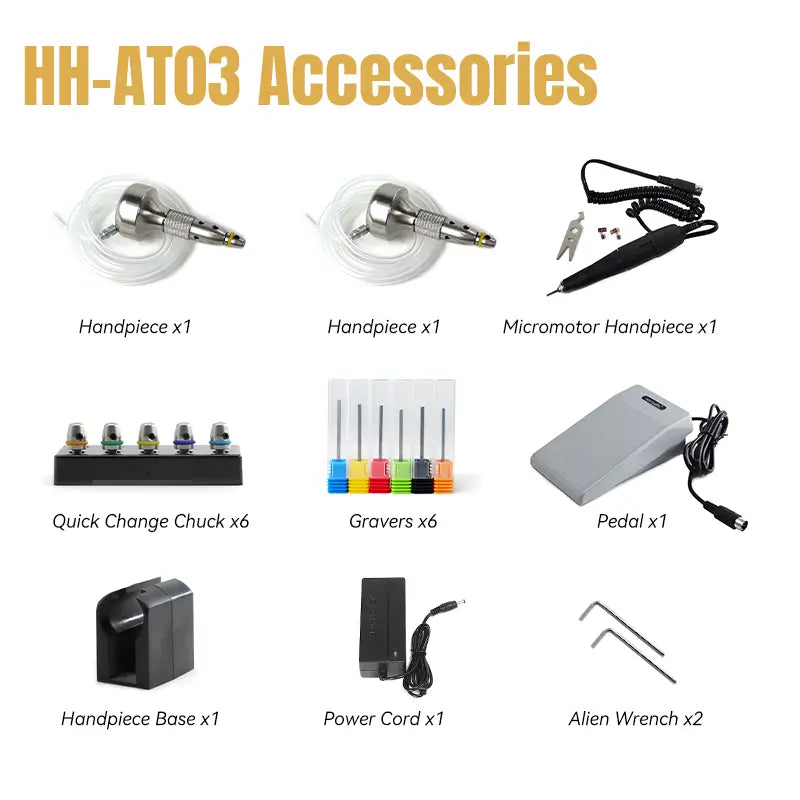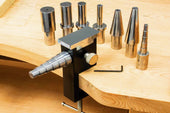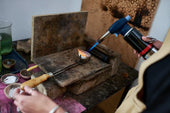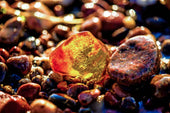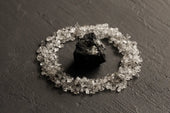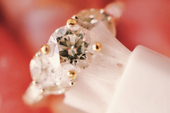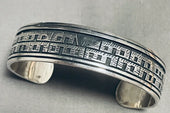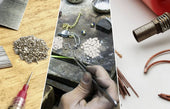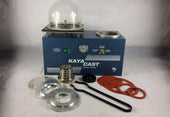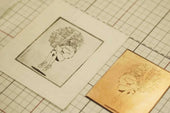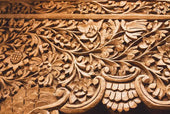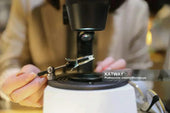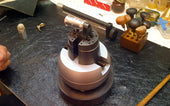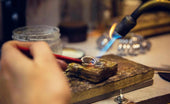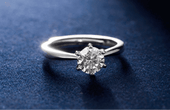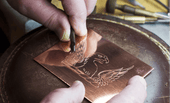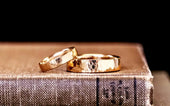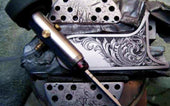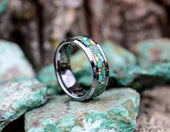Why Jewelers Are Switching to Argentium Silver
For hundreds of years, sterling silver has been the standard choice for jewelry makers and silver lovers. But in recent years, the jewelry market seems to have changed a bit, and more and more jewelers are turning to Argentium Silver. What exactly sets Argentium apart from its classic counterpart? In this article, we’ll explore what Argentium silver is, uncover its key advantages.
What is Argentium Silver?
Argentium silver is a modern silver alloy that breaks through the limitations of traditional pure silver. Invented by metallurgist Peter Johns of Guildhall University in London in the 1990s, argentium silver differs from ordinary silver by adding the element germanium, which significantly improves the alloy's performance in several key areas.
Argentium is trademarked and carefully controlled to maintain quality. It is not just a material—it’s a brand and certification, which means only licensed manufacturers and jewelers can produce authentic Argentium products using the correct formula.
Key Benefits of Argentium Silver
Argentium silver isn't just a small upgrade, it's a meaningful advancement in silver technology that benefits both the jeweler and the end wearer. Here are some of the standout advantages that are convincing more professionals to leave traditional sterling behind:
Superior Tarnish Resistance
One of the most frustrating aspects of sterling silver is its tendency to tarnish quickly when exposed to air, moisture, or skin oils. Argentium silver, thanks to its germanium content, forms a transparent oxide layer that dramatically slows down the tarnishing process. This means less polishing, less maintenance, and jewelry that stays brilliant much longer, even with regular wear.
Brighter, Whiter Finish
Argentium is prized for its naturally bright, almost white appearance. In fact, it is often described as whiter than platinum or rhodium-plated silver, giving finished pieces a more luxurious and radiant look, without the need for additional coatings or treatments.
Hypoallergenic Qualities
For people with metal sensitivities, sterling silver can sometimes be irritating due to its copper content. Argentium, with its cleaner alloy and reduced copper, is considered hypoallergenic. This makes it a safer choice for those with sensitive skin or metal allergies.
Better Workability for Jewelers
Jewelers love Argentium not only for its aesthetics, but for how it behaves at the workbench. It has a lower tendency to firestain, requires less pickling, and is more malleable and ductile. It can even be fused without solder, a major plus for certain techniques. For artisans, this means less cleanup, smoother finishes, and more time spent on design rather than correction.
Argentium vs Sterling Silver: Key Differences
While both Argentium and sterling silver are real silver alloys, their composition, performance, and user experience differ in several important ways. If you're wondering which is right for your jewelry. whether you're a maker or a buyer, this side-by-side comparison will help clarify.
|
Feature |
Sterling Silver (925) |
Argentium Silver (935/960) |
|
Silver Content |
92.5% silver + 7.5% copper |
93.5% or 96% silver + germanium |
|
Tarnish Resistance |
Tarnishes easily with exposure to air or skin |
Highly tarnish-resistant due to germanium |
|
Color & Brightness |
Slightly grayish, traditional silver look |
Naturally brighter and whiter; comparable to platinum |
|
Hypoallergenic |
May cause irritation in sensitive skin |
Hypoallergenic; low copper content |
|
Workability |
Can develop firestain, requires soldering |
Firestain-free, can be fused without solder, easier to polish |
|
Durability |
Strong but prone to surface scratches and oxidation |
Strong with better resistance to tarnish and wear |
|
Eco-Friendliness |
Not always made from recycled materials |
Often made with recycled silver; environmentally conscious |
|
Cost |
Lower upfront cost; widely available |
Slightly more expensive; may be harder to source |
How to Identify Genuine Argentium Jewelry
As Argentium silver grows in popularity, it’s important to know how to distinguish authentic Argentium jewelry from standard sterling or lower-grade imitations. Since Argentium is a trademarked material, not all silver jewelry labeled “925” or “sterling” qualifies.
Look for the Argentium® Mark
Genuine Argentium pieces are often stamped with one of the following marks:
l “ARGENTIUM®”
l “AG” (sometimes followed by the purity, like “AG935” or “AG960”)
l Flying Unicorn Logo – the official trademark symbol of Argentium International Limited
These marks indicate that the jewelry is made using certified Argentium silver, not just any high-purity silver alloy.
Check the Silver Purity Stamp
Traditional sterling is marked “925”, while Argentium will typically be marked “935” or “960”, depending on the alloy used. While the number alone isn’t definitive proof, 935/960 stamps strongly suggest Argentium, especially when combined with other brand marks.
Ask for Certification or Product Details
Reputable jewelers should be transparent about their materials. Don’t hesitate to ask:
l Is this made from certified Argentium silver?
l Is it marked and traceable back to an authorized supplier?
Some higher-end brands even include certificates of authenticity or product documentation.
Final Thoughts
Argentium silver represents a thoughtful evolution of traditional silver—one that addresses many of its historical shortcomings. With better tarnish resistance, a brighter appearance, hypoallergenic properties, and greater workability, it’s easy to see why so many jewelers are making the switch.


